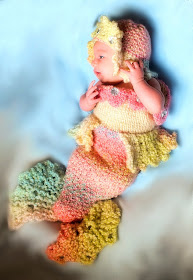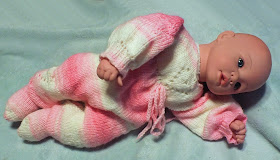Patons Metallic Yarn
Cost: $6Composition: 63% nylon, 28% acrylic and 9% wool
Weight Category: 4
Weight and Yardage: 3 oz/85 g; 252 yds/230 m
This yarn was great to work with on the loom, it doesn't have spring but has great drape. Feels like satin to work with. Loops like satin with the sheen it puts off. I would suggest using with a 3/8" gauge loom for projects. Not a bad price for the yardage you get. Divine stuff to knit with on texture alone, gently slips through the fingers and slides through the stitches beautifully, and well woven so it doesn't break apart when knitting with the hook.
Red Heart Heads Up Yarn

Cost: $5
Weight category: 5
Composition: 80% acrylic/20% wool.
Weight and Yardage: 3.5oz/100g, 106yd/97m
While this yarn was soft, it drove me nuts. It is not tightly woven and likes to split apart a lot when tossing stitches over with the hook. They have vivid colors which is great. Works best with 1/2" to 5/8" gauge looms. It has spring to it, would look good with cabling. Just splits apart entirely too much for my taste. The price is okay, could be better for what you get. Wouldn't really suggest this yarn for anyone.
St Patty's Day Hat
Lions Brand Amazing Yarn
Cost: $5
Weight Catagory: 4
Composition: 53% Wool/47% Acrylic
Weight and Yardage: 135 m/ 147 yds
This yarn they swear is soft, but I found if rough and feels typical of wool. It is very fuzzy in and while it may be a 4 weight if feels like a 3, probably some where in between. Works with 3/8" gauge best. The color gradience in beautiful but I wouldn't suggest it for small projects, it is going to be best for larger projects as it has a very slow gradience in color. The color I got has a heavy lavender base to it. Not bad to work with but wouldn't be easy to make something for my family as they want soft yarn only. The cost isn't bad for the natural fiber % just keep in mind this isn't the soft wool it is rougher.


















